(ECNS) -- China launched a satellite dedicated to solar research into space from the Jiuquan Satellite Launch Center in Northwest China on Sunday, according to the Chinese Academy of Sciences (CAS).
The Advanced Space-based Solar Observatory (ASO-S) was launched aboard a Long March-2D rocket at 7:43 a.m. (Beijing Time) and entered its planned orbit successfully, furthering the country's scientific endeavor to unravel the secrets of the Sun.
ASO-S, also known by the nickname Kuafu-1, a giant in Chinese mythology who chases the Sun, will observe from an orbit 720 kilometers above Earth’s surface and operate for four years.
That the satellite was named "Kuafu" indicates the Chinese people's tenacious exploration of the universe and unremitting efforts to unveil the mystery of the giant red star.
The mission aims to simultaneously observe the full-disc vector magnetic field, solar flares, and coronal mass ejections (CMEs) to understand their connections and formation mechanisms, and uncover the buildup of magnetic energy and its eruptive release during flares and CMEs.
The ASO-S can also help forecast space weather, which is significant to human space activity and communication.
The ASO-S mission has three payloads onboard, which are the Full-disk solar vector MagnetoGraph (FMG), the Lyman-alpha Solar Telescope (LST), and the solar Hard X-ray Imager (HXI). The combination of these payloads allows simultaneous observations of the vector magnetic field of the entire Sun, imaging spectroscopy at high energies of solar flares, and the formation and evolution of solar flares and CMEs on the disk and in the inner corona.
The research and development of the ASO-S mission were mainly conducted by the National Space Science Center (CAS).










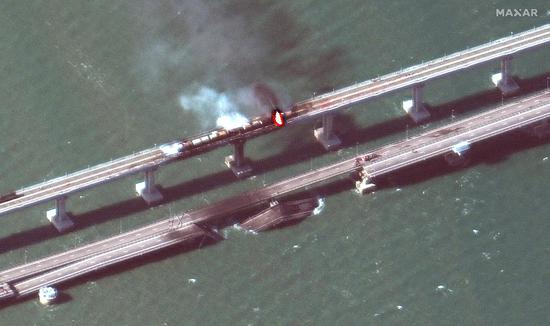

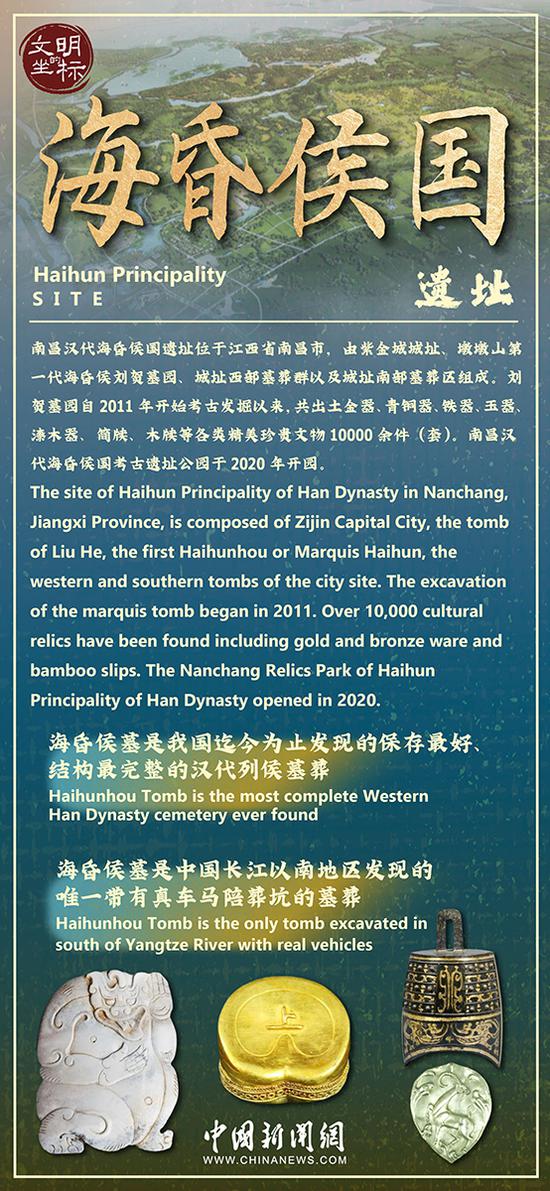


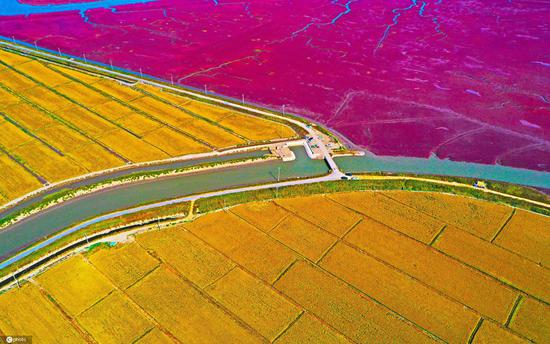










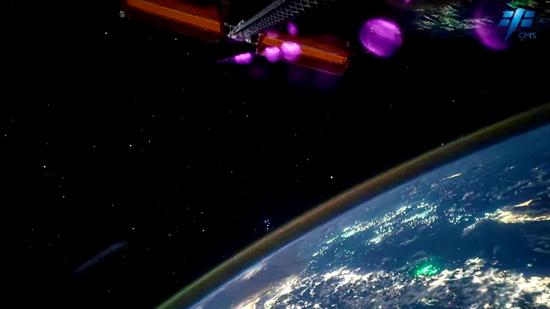












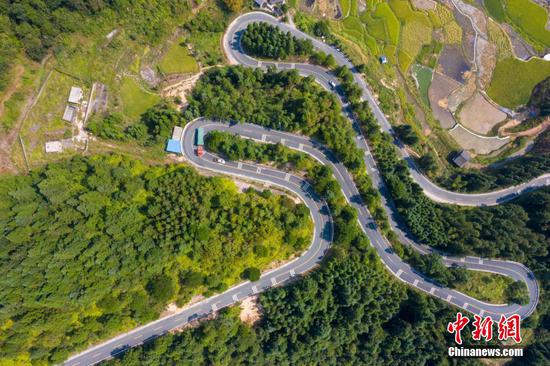
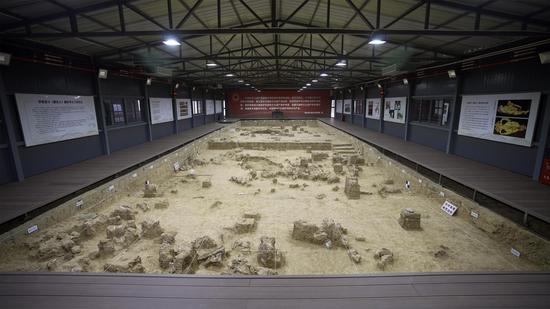


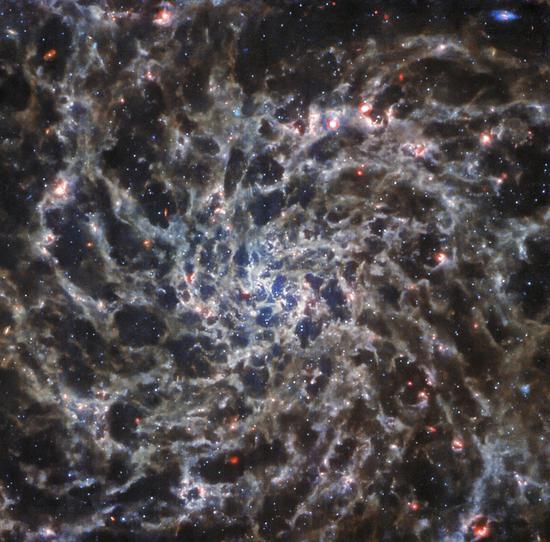






 京公网安备 11010202009201号
京公网安备 11010202009201号